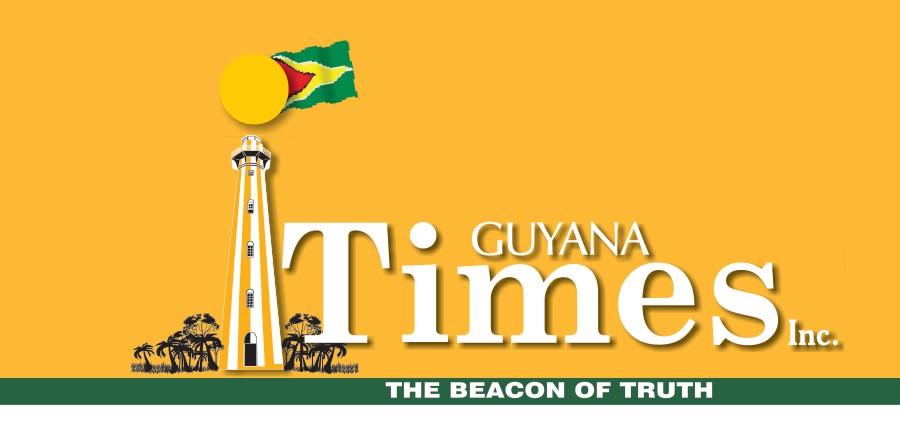– as CANU seizes 112 kg cocaine, 1500 kg marijuana so far this year
Director of the Customs Anti-Narcotic Unit (CANU), James Singh, has disclosed that the agency has taken more than 1600 kilogrammes (kg) of narcotics, including cocaine and marijuana, off the streets so far this year.
Speaking with reporters on the side-lines of the launch of Guyana’s National Early Warning System (EWS) on Drugs on Thursday, Singh indicated that CANU has seized some 112 kg of cocaine and 1500 kg of marijuana to date in 2025.
These narcotics are estimated at over GY$1.5 billion if they had reached the United States (US) and over GY$2 billion once they reached Europe.
With Guyana mainly used as a transhipment destination, the CANU Head pointed out that local authorities have been making major dents in the regional drug trade network.

“Guyana is a transhipment point because of our geographic location. It’s coming into the country, and then in most cases, it’s being transhipped to other territories. We do our best to stop it from coming in. Obviously, some come in, and when it comes in, we stop it here. So, what we found at the airport was not destined for some group in Guyana to use. It was destined to be further transhipped.”
“So, you would have seen the seizure last year we had in the Northwest, the 4.4 tonnes. That operation was done with the Guyana Police Force, the Guyana Defence Force, Special Forces, and our special operations team. The seizure at the airport was as a result of a joint effort – the Guyana Police Force, CJIA (Cheddi Jagan International Airport) and CANU. So, these are cases where the drugs, again, are here for a short time to then be placed onto a boat or an aircraft,” he explained.
That airport seizure Singh referred to was an interception on September 20 at the CJIA, where more than 147 pounds (lbs) of cocaine were about to be placed onboard a KLM flight that was heading to the Netherlands.
CANU had reported that its officers, acting on information received, “…intercepted 53 parcels, suspected to be cocaine, which were intended to be placed on a KLM flight destined for Amsterdam.”
At the time, one person was arrested and escorted to CANU Headquarters, along with the cocaine, which was weighed and amounted to 66.8 kg, or 147.2688 lbs.
Since then, CANU has questioned several other persons as part of ongoing investigations, but no suspect is currently in custody.
“We have an idea as to how the drugs got there, but I’m not going to say too much on that right now because I would just be telling the persons what not to do the next time or why we’re looking… [The suspects] have been questioned… [They’re] not in custody but have been questioned… So far, about eight persons from different entities at the airport and elsewhere [have been questioned],” Singh told reporters on Thursday.
With the probe ongoing, the CANU Head disclosed that they have been working with international counterparts and have already received a lot of information on this matter.
“One of the reasons why we’re working with our international partners [is] to determine where it was going, who may have been on that end to receive it… But considering the fact that this was an international operation, obviously, we have to work with our colleagues overseas… because the evidence that we have here [could] be used in another territory if there’s an opportunity to lay charges there… That’s why I said that we can’t say exactly what we’re doing here because that may impact an investigation overseas,” he explained.
Following the cocaine bust at the CJIA last month, newly appointed Home Affairs Minister, Oneidge Walrond, said this is “Another major win against trans-border crime! … This is about more than an arrest – it’s about protecting our borders, safeguarding our people, and defending Guyana’s good name on the international stage.”
This view was also shared by the CANU Director, who contended that cases like these are not just about who is found with the drugs but also about gathering tangible evidence that could hold up in court as well as lead to masterminds in the drug trade network.
“We have an idea who’s behind this. The difference is that’s intelligence, that’s information. To put that to court now, that’s where the hard work is. I’m saying this because the public needs to be aware that when we seize drugs and we arrest someone… persons have to be able to give evidence, and that’s the only way going forward. So, oftentimes, it may take a lot longer [to prosecute],” he noted.
Previously, Singh had revealed that the majority of the narcotics found in Guyana originate from Venezuela for transhipment to other parts of the world, such as North America, West Africa and Europe.
Initially, these drugs were mainly being shipped to North America, but there has since been a shift in the destinations given that the United States is clamping down on drug trade in the region.
In fact, the Trump Administration is currently carrying out a major operation offshore Venezuela to block drugs from leaving the Spanish-speaking nation.
Discover more from Guyana Times
Subscribe to get the latest posts sent to your email.













